How to Fix Xbox One System Error E102?
Some Xbox One users are suddenly encountering the ‘Xbox One System Error E102‘ error during startup or during the installation of an OS update. This particular error code is signaling an underlying issue with the updating process.
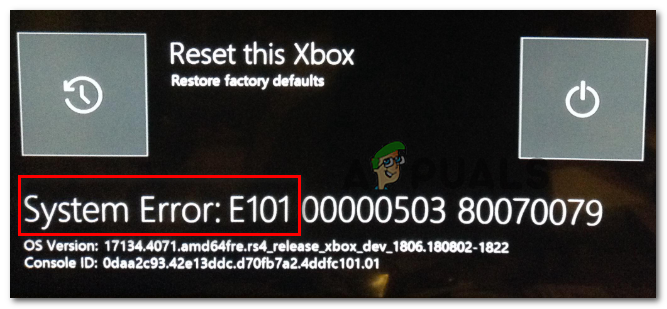
In most cases, this problem is facilitated by some kind of corrupted data that ends up interfering with the startup sequence. If this scenario is applicable, you should be able to fix the issue by doing an Offline Reset from the Startup Troubleshooter menu.
However, if your onboard console flash contains a newer version than the one you currently have on your HDD or SSD, you should be able to fix the issue by creating a flash drive by downloading the latest OSU1 version and then installing it on your console.
Resetting console via Startup Troubleshooter
As it turns out, Xbox One is already equipped to deal with the E101 System Error since Microsoft included a repair strategy in their Startup Troubleshooter that a lot of users have successfully used to fix the issue.
In the vast majority of cases, this problem is facilitated by some kind of corrupted data that broke during an update interruption caused by a power surge or by a different factor that led to an unexpected machine shutdown.
It’s very likely that this particular E102 system error is occurring due to some type of corrupted OS files that are somehow breaking the startup sequence. Some users facing the same problem have confirmed that the only thing that worked for them was doing a factory reset.
Now, before going through with this, keep in mind that this operation will end up erasing every installed game and application, connected accounts and associated data, save games and everything else. However, if you are already synced with Xbox Live, your important data is safe.
If you understand the consequences and you are ready to get started with an offline factory reset on your Xbox One, follow the instructions below:
- If your console is turned on, turn it off completely and unplug the power cable to ensure that you drain the power capacitors.
- Wait for at least 30 seconds before plugging the power cable back on.
- Instead of starting the console normally, press and hold the Bind and the Eject button at the same time, then short press the Xbox button on the console.
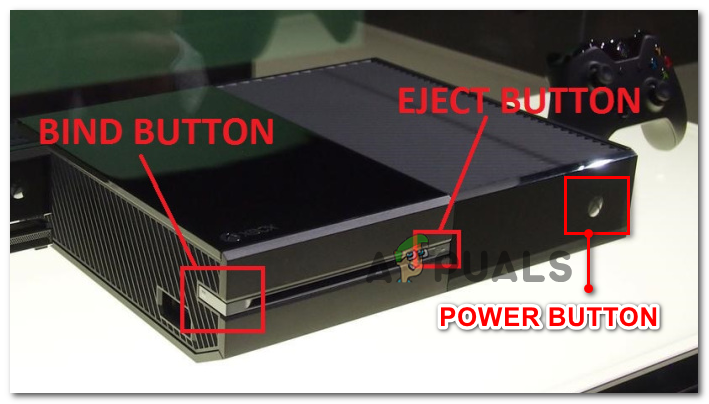
Bringing up the Xbox One Troubleshooter Note: If you’re encountering the issue on the Xbox One S All-Digital edition, this method will not be applicable since you will not have an Eject button. If this scenario is applicable, you can bring up the Xbox Startup Troubleshooter simply by holding the Bind button and pressing the Xbox button on your console.
- Continue holding the BIND and the Eject button for at least 15 seconds or until you hear the two power-up tones (the two are a few seconds apart). Once you hear both tones, you can safely release the BIND and the EJECT buttons.
- If the process is successful, your console will take you directly to the Xbox Startup Troubleshooter.
- Once inside, select Reset this Xbox and then select Remove Everything once you are prompted by the confirmation window.
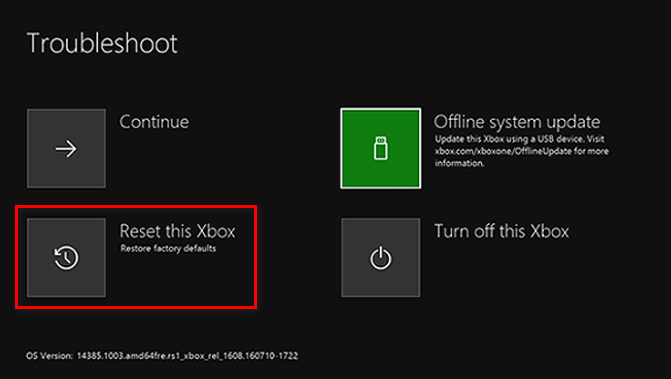
Resetting the Xbox one via the Startup Troubleshooter Note: Keep in mind that this procedure will delete every bit of user data – This includes every installed application and game, but your saves will remain intact.
- Wait patiently until this process is complete. At the end of this process, if everything goes well, you will be returned to the home screen.
However, if you still end up seeing the E101 System Error at the next startup, move down to the next potential fix.
Performing an offline update
if the first potential fix didn’t help, it’s very likely that you’re encountering this issue due to the fact that the onboard console flash is updated to an OS version newer than what you currently have on your HDD or SSD and/or the recovery flash drive. Keep in mind that if the flash version is even just a day newer than the version on the drive, the system will throw this error and leave you with an endless E101 System Error loop with no apparent means to avoid it.
However, there is one fix for this particular scenario – You will need to visit the Xbox Support website and download the newest OSU1 files and use them to reformat your hard drive. But in order for this to work, you will need to put the new $SystemUpdate folder on your recovery flash drive so that the OS can boot from it. After you’ve done this, you should be able to perform an offline system update and that should fix the issue.
If you’re looking for step by step instructions on how to do this, here’s a guide through the whole thing:
- First, you will need to prepare the flash drive that you will use to perform the offline update. To do this, insert a USB drive with a capacity of at least 7 GB into your PC and ensure that it’s formatted as NTFS. To ensure it has the correct format, right-click on the drive in File Explorer and click on Format… from the context menu. Next, set the File system as NTFS and check the box associated with Quick Format before clicking on Start.
- Once you have correctly configured the flash drive, visit this link (here) to download the latest version of your Xbox One console’s OS.
- Wait until the download is complete, then extract the contents of the archive on the flash drive that you previously prepared and make sure that the $SystemUpdate is located on the root folder of the flash drive.
- Move to your console and ensure that it is completely turned off. Then, press and hold the Bind and the Eject button at the same time, then short press the Xbox button on the console.
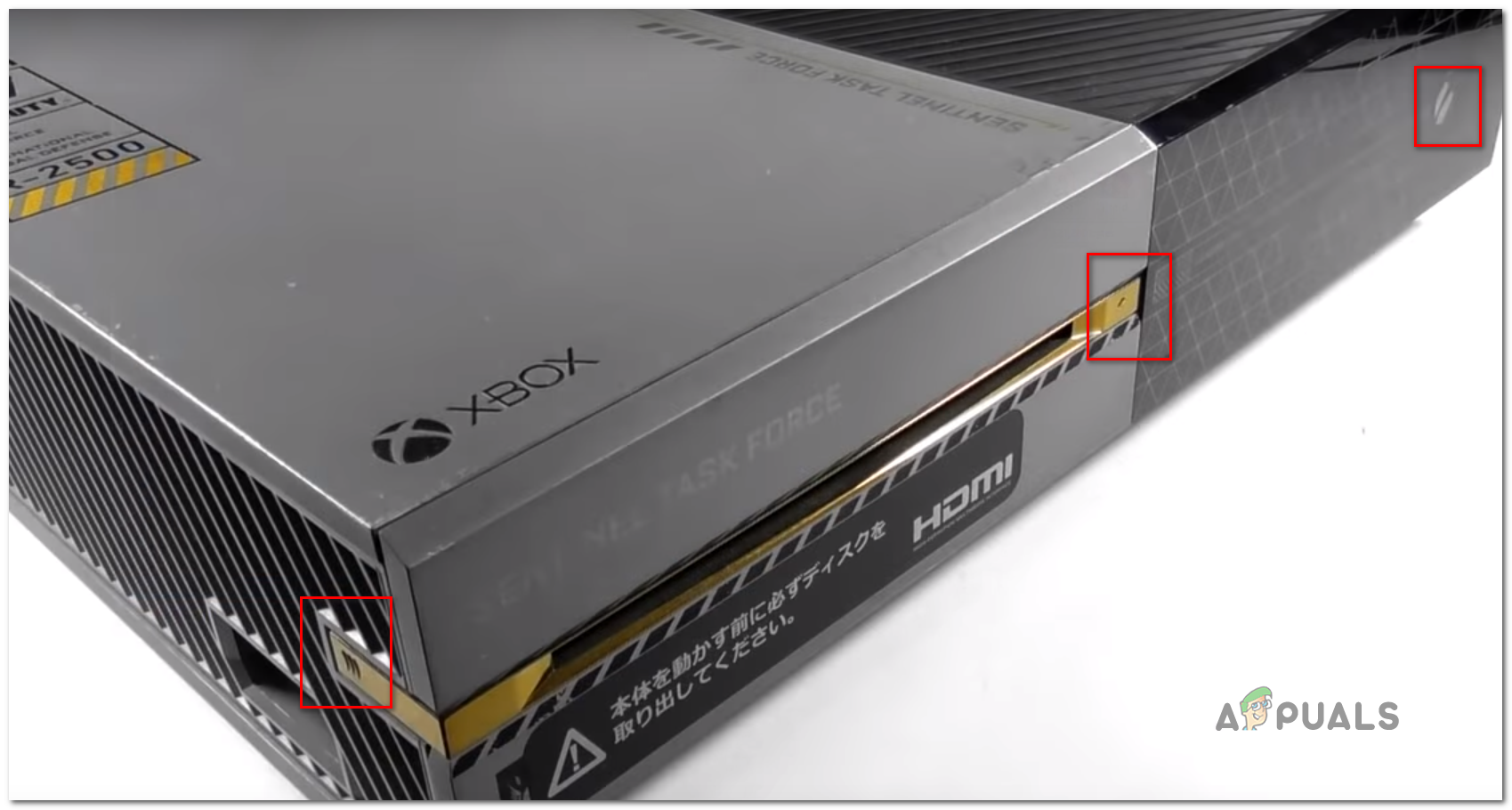
Opening the Xbox One Startup troubleshooter - After you reach the two consecutive power-up tones, release the Bind and Eject buttons and wait for the Startup Troubleshooter screen to arrive.
- Insert the flash drive that you previously created at step 1 and wait for the Offline system update box to become available. Once it becomes accessible, select it with your controller and press X to access it.

Accessing the Offline System Update option - Wait until the process is complete. Depending on the read/writes speed on your flash drive, this might take over 20 minutes.
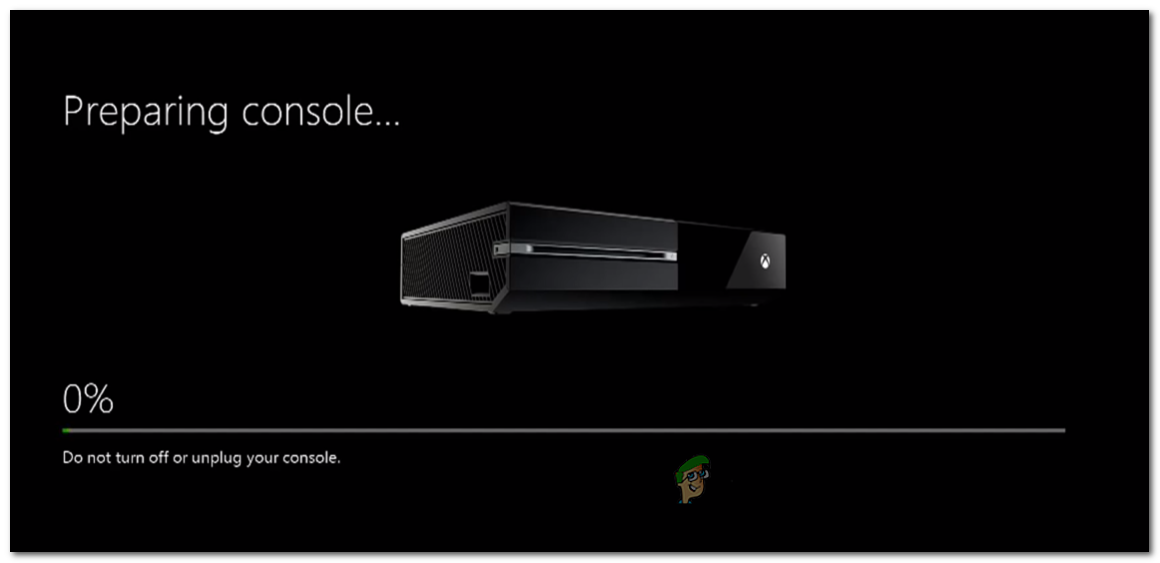
Installing the latest OS version of Xbox One manually - Once the operation is complete, your console will restart automatically and the system will attempt to boot normally.





